Ryder Cup Background
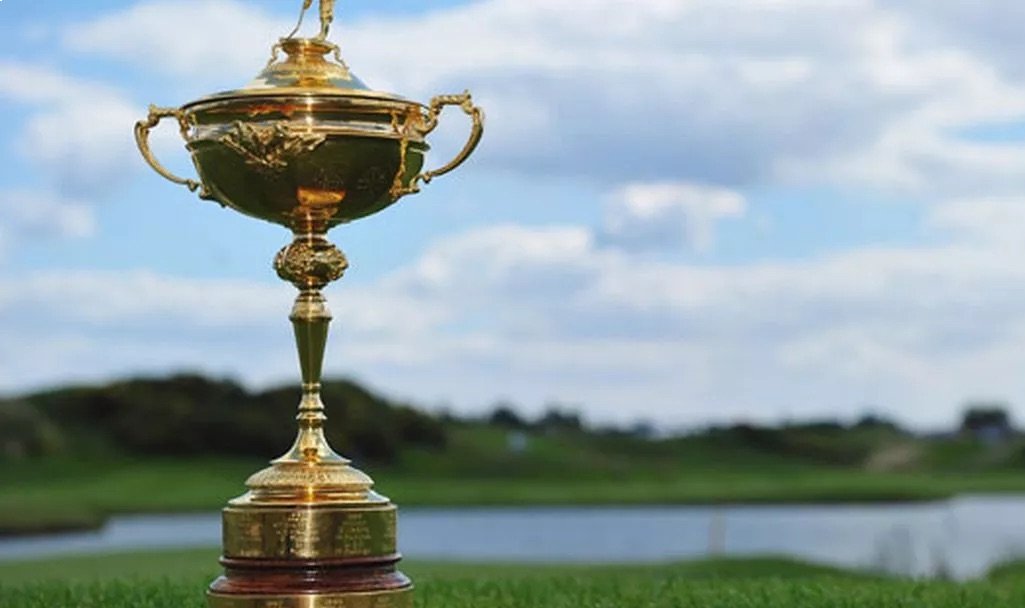
The Ryder Cup is named after its founder, Samuel Ryder and it is now recognised as one of the world’s great sporting events.
12 golfers from the United States do battle with 12 golfers from Europe every 2 years with the venue alternating between USA and Europe.
Attendance at the upcoming Ryder Cup in Marco Simone Golfing Club, just outside Rome, is already fully sold out and the TV audience for the Ryder Cup continues to grow significantly.
It is expected that the 44th Ryder Cup which will be held in September 2023 will attract a television audience globally of between 600 million and 1 billion viewers.
Ryder Cup History
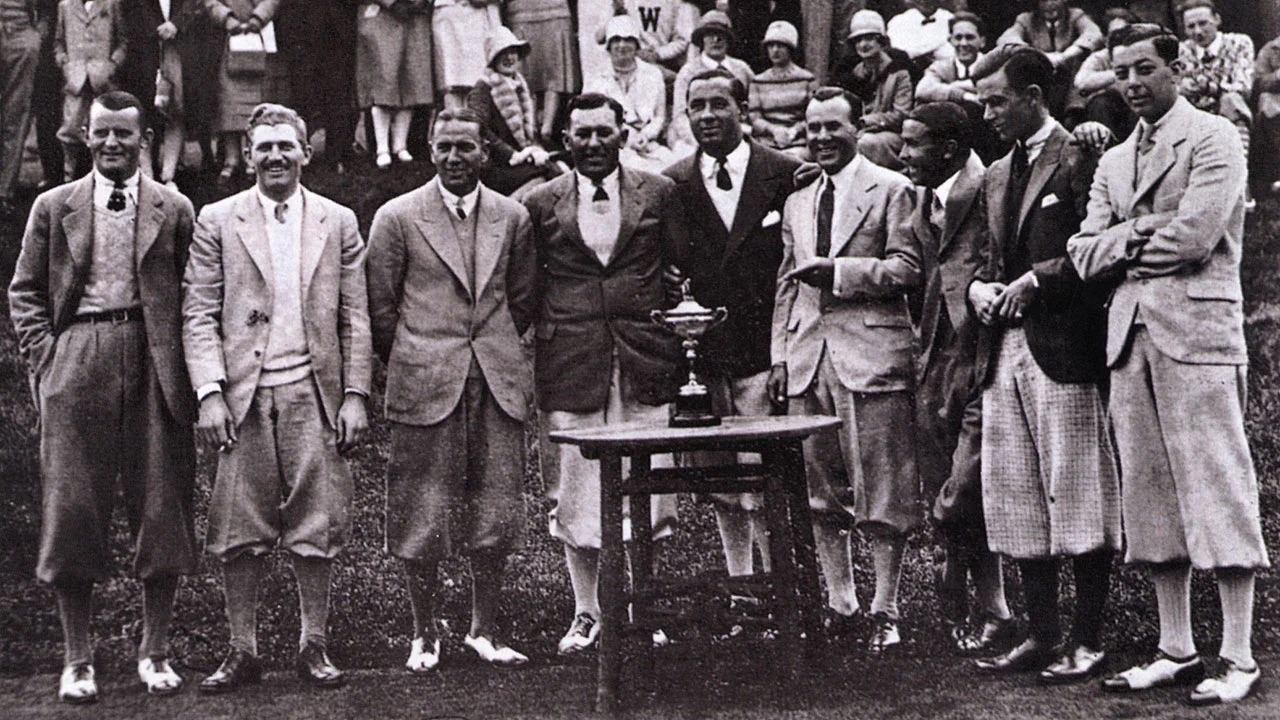
Following an informal event between golfers from Britain and golfers from the USA in Wentworth in Surrey in 1926, the inaugural Ryder Cup took place in 1927 at Worcester County Golf Club in Massachusetts.
The 100-year anniversary of the competition will be reached in 2027 and the honour of hosting this centenary Ryder Cup will fall to Adare Manor, County Limerick, Ireland.
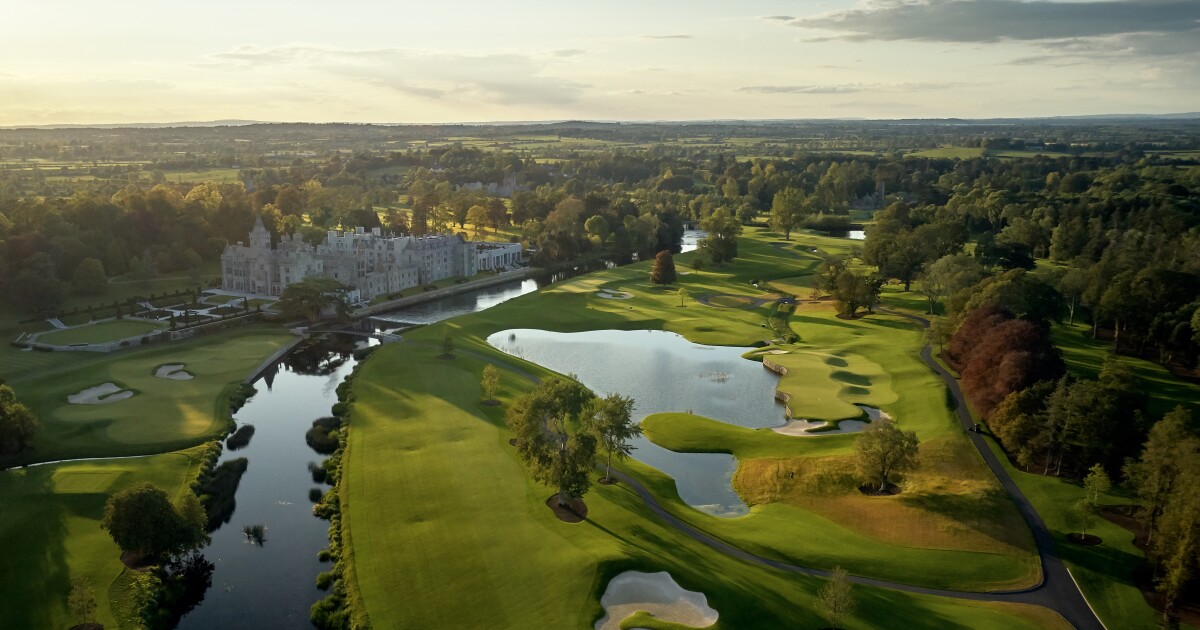
With a break for World War Two, the Ryder Cup was held in odd years from 1927 to 1999. Following the events of 9/11, the 2001 Ryder Cup was postponed to 2002 and the tournament continued to be held in even years until 2021 – the Ryder Cup scheduled to be held in 2020 was postponed due to the global pandemic.
The Ryder Cup initially took place between golfers from USA and golfers from Great Britain / Great Britain and Ireland.
This arrangement continued up to 1979 and of the 22 matches that took place during this period Great Britain and Ireland won only 3 with 18 wins for USA and 1 tie.
Due to the one-sided nature of the competition during this period, the Ryder Cup certainly did not attract the media attention as it does in more recent years.
In 1979, the Great Britain and Ireland team was expanded to consist of an all-Europe team. The turnaround in fortunes due to that change has been striking with Europe winning 11 times since 1979, with 9 wins for the USA and 1 tied event.
Although Europe won 8 of the 10 between 1995 and 2014, it is clear that the much closer nature of the competition has helped greatly in massively increasing its popularity.
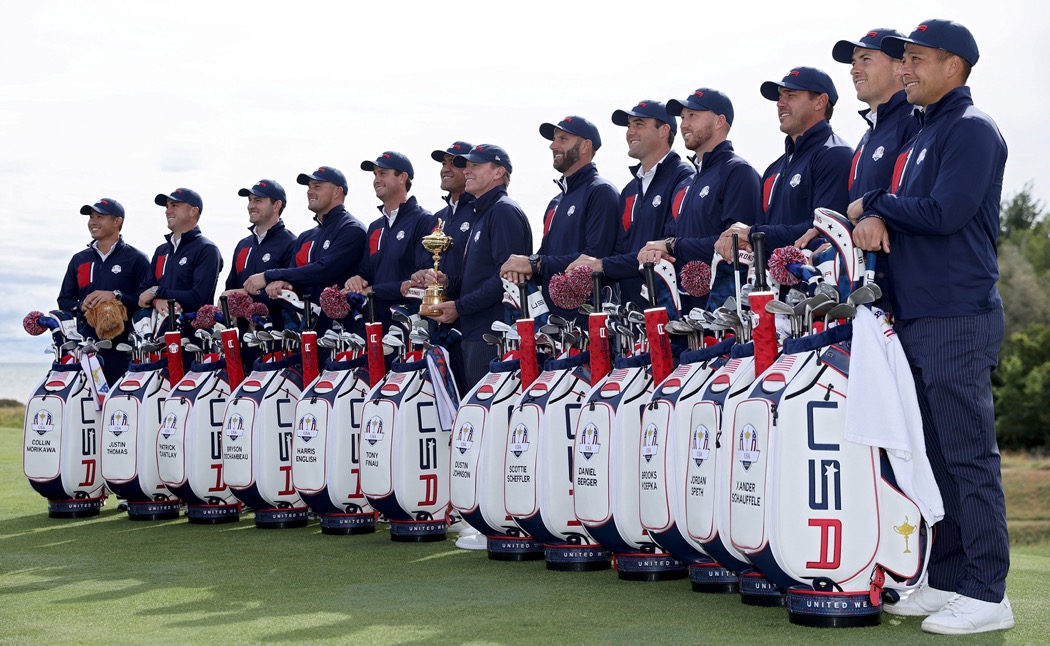
In 2021, the USA won by 19 points to 9, one of the largest winning margins of the modern era, and it is certainly fair to say that the 2023 event is eagerly awaited with the European team determined to gain revenge for the last one-sided contest and maintain the Europeans record of winning all Ryder Cups on home soil since 1993.
Despite the massive venue generated by sponsorship, in-person attendances, TV audience etc., it is with noting that the Ryder Cup is almost unique as a golf event in that no prize money is paid (the President’s Cup and the Solheim Cup for ladies take a similar approach).
Despite the absence of direct payment, the Ryder Cup is hugely attractive to the top golfers in the world as strong performances in the competition can massively raise the profile of even the highest-ranking golfers.
Who Was Sam Ryder – Founder Of The Ryder Cup
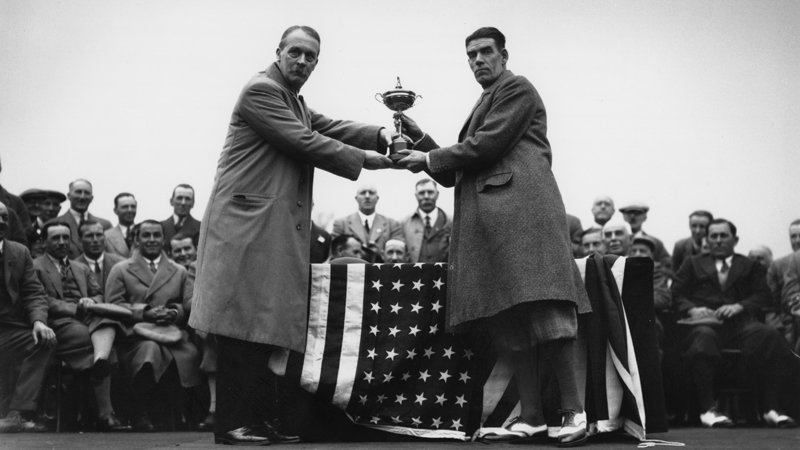
Samuel Ryder was born in England in 1858.
He was not an elite golfer, and, in fact, he only took up the game at the age of 50 following a period of ill-health.
He quickly demonstrated an aptitude for the sport , however, and played off a single-figure handicap.
Samuel sponsored a number of tournaments between 1923 and 1925 and he was instrumental in establishing the contacts between American and Great Britain golfers which culminated in an informal tournament at Wentworth in 1926 and the inaugural Ryder Cup in Massachusetts in 1927.
Samuel Ryder died in 1936 but his name will certainly live on forever in the context of The Ryder Cup which rivals the 4 Majors in terms of public interest for golf events.
In answer to the much-asked question, Sam Ryder, who currently operates on the PGA Tour and has 2 professional wins to his credit, is not, in fact, related to Samuel Ryder.



